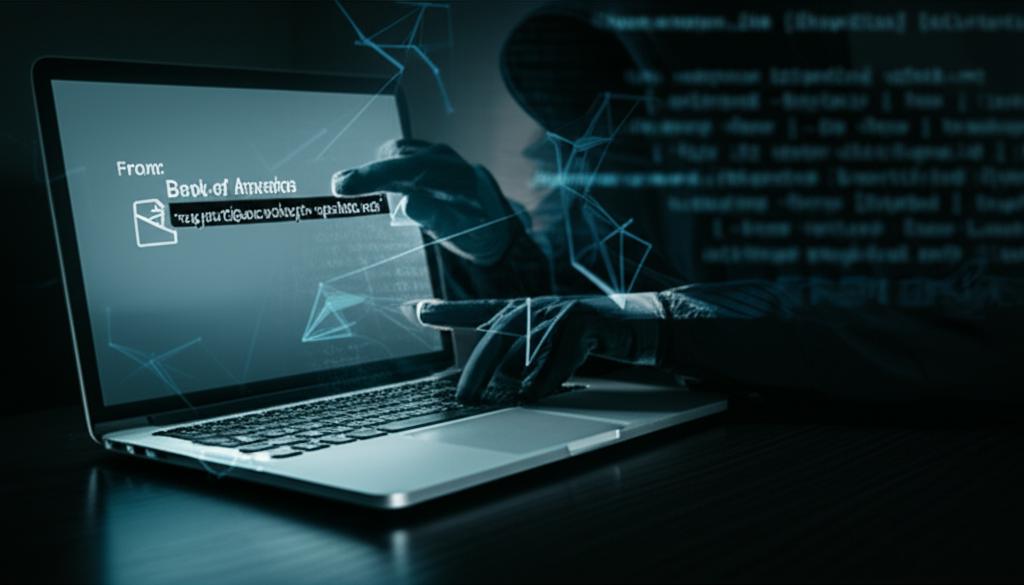Dangerous Deception: Unmasking Email Spoofing Threats
What is Email Spoofing? A Critical Guide to Digital Disguises
In the digital age, email remains a cornerstone of communication, both personal and professional. However, its ubiquitous nature also makes it a prime target for malicious actors. One of the most insidious and prevalent forms of cyberattack is email spoofing. This dangerous deception involves falsifying the sender’s address of an email, making it appear as though the email originated from a legitimate, trusted source.
Understanding the Mechanics of Email Spoofing
At its core, email spoofing exploits a fundamental vulnerability in the Simple Mail Transfer Protocol (SMTP), which is the standard protocol for sending email. SMTP was designed for efficiency, not necessarily for stringent security. This means it’s relatively easy for an attacker to manipulate the ‘From’ field in an email header, which is what most email clients display to users. The actual origin of the email can be completely different from what is shown.
How Email Spoofing Works: A Technical Glimpse
- Header Manipulation: The attacker crafts an email and manually alters the ‘From’ address in the email’s header to mimic a legitimate sender (e.g., your bank, a colleague, a known vendor).
- Domain Forgery: In more sophisticated attacks, the attacker might register a domain name that is very similar to a legitimate one (e.g.,
microsoftt.cominstead ofmicrosoft.com) to make the spoofing harder to detect. - Lack of Authentication: Without proper email authentication protocols like SPF, DKIM, and DMARC in place, recipient servers have no definitive way to verify if the ‘From’ address actually matches the sender’s true identity, allowing the spoofed email to pass through.
Why Threat Actors Employ Email Spoofing
The motivations behind email spoofing are diverse, but they invariably revolve around tricking recipients into taking an action that benefits the attacker. Here are the primary reasons:
- Phishing Attacks: The most common use. Attackers spoof trusted entities (banks, government agencies, popular services) to trick recipients into revealing sensitive information like login credentials, credit card numbers, or personal data.
- Malware Distribution: Spoofed emails often contain malicious attachments or links that, when clicked, download viruses, ransomware, or other harmful software onto the victim’s device.
- Business Email Compromise (BEC): A highly lucrative form of fraud where attackers impersonate executives or trusted business partners to authorize fraudulent wire transfers or redirect payments. This is a devastating form of email spoofing.
- Spam Campaigns: Spoofing is used to bypass spam filters and send unsolicited commercial or malicious content.
- Reputation Damage: An attacker might spoof an organization’s email to send inappropriate or offensive content, thereby damaging the organization’s public image.
“Email spoofing is not just a technical trick; it’s a sophisticated social engineering tactic designed to exploit trust and urgency.”
The Devastating Impact of Email Spoofing
The consequences of a successful email spoofing attack can be severe for both individuals and organizations:
- Financial Loss: Directly through fraudulent transactions (BEC) or indirectly through identity theft.
- Data Breaches: Compromise of personal identifiable information (PII) or confidential business data.
- Reputational Damage: Loss of customer trust, tarnished brand image, and potential legal repercussions.
- System Downtime: Resulting from malware infections or ransomware attacks.
- Legal and Compliance Issues: Penalties for data breaches and failure to protect sensitive information.
Robust Strategies to Prevent Email Spoofing
Combating email spoofing requires a multi-layered approach, combining technical solutions with user education:
- Implement Email Authentication Protocols:
- SPF (Sender Policy Framework): Specifies which mail servers are authorized to send email from a domain.
- DKIM (DomainKeys Identified Mail): Adds a digital signature to outgoing emails, allowing recipients to verify the sender.
- DMARC (Domain-based Message Authentication, Reporting, and Conformance): Builds on SPF and DKIM, providing instructions to recipient servers on how to handle emails that fail authentication.
- Use Advanced Email Security Solutions: Invest in services that offer sophisticated spam filters, threat detection, and email gateway protection.
- Employee Training and Awareness: Educate users about the dangers of phishing, how to identify spoofed emails, and the importance of verifying sender identities through alternative channels (e.g., phone call).
- Strong Password Policies and Multi-Factor Authentication (MFA): Protect email accounts from being compromised, which could then be used for internal spoofing.
- Regular Software Updates: Keep operating systems, email clients, and antivirus software up to date to patch known vulnerabilities.
- Verify Requests for Sensitive Information: Always be suspicious of emails asking for personal data or financial transfers, especially if they create a sense of urgency.
Conclusion: Staying Vigilant Against Digital Impersonation
Email spoofing remains a persistent and evolving threat in the cybersecurity landscape. While technology offers powerful tools to mitigate its impact, human vigilance is equally critical. By understanding how spoofing works, recognizing its tell-tale signs, and adopting a proactive security posture, individuals and organizations can significantly reduce their vulnerability to this dangerous form of digital deception. Stay informed, stay skeptical, and stay secure.







